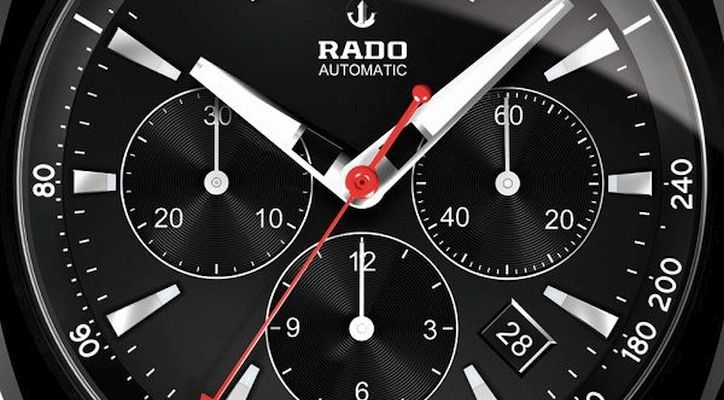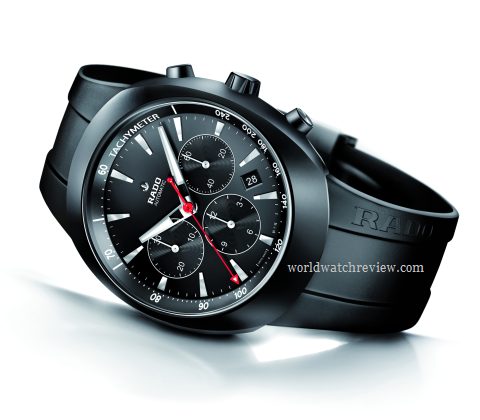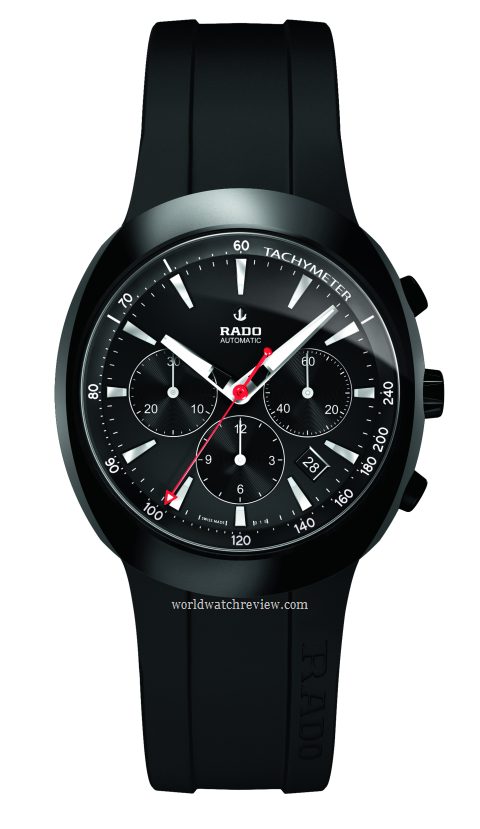
Rado has officially introduced the self-winding D-Star Basel Special 2011 during the Baselworld 2011 international trade show. Produced only in 1111 pieces, this limited edition is a tribute to the iconic 1962 Rado DiaStar.
It is, of course, just a “tribute”, not a re-issue although the new gadget, too, features that easily recognizable ovoid shape of its case and there is some visual similarity (however passing it is) between their dials. Traditionally for the brand, they are relatively clean and easy to read. In addition, there is that usual “cheapness” to it that characterizes almost all their models regardless of how expensive they are.

Their interest in the historic timepiece is well-justified. The 1962 DiaStar was the first wristwatch in the world that sported a scratch-resistant ceramic case.
Yes, its core featured the usual stainless steel that ensured the device’s better structural integrity, the outer shell, however, was titanium carbide. The choice of material made the DiaStar way more scratch-resistant (something important for a person in search of a casual accessory that would withstand years of daily wear and inevitable abuse) and also provided the piece with a certain “metallic” shine, which was great since for many years ceramic pieces looked like crafted from cheap plastic.
Of course, since then the brand has evolved and is now mostly associated with glossy black ceramic cases, so the D-Star Basel Special 2011 is also black: both the case and the rubber strap.
It is, however, not glossy, but features a matte surface, which is, too, great: the way the material is treated provides it with that stealthy look, which is so popular right now. It also makes the piece look more expensive with its silky texture that is usually associated with posh cars and pieces of hand-made furniture.
Its dial features a standard chronograph layout with a small seconds indicator at 3 o’clock, a 12-hour chronograph counter at 6 o’clock, and a 30-minute chronograph totalizer at 9 o’clock. The small date aperture is neatly placed between 4 and 5 o’clock.

Thanks to the chosen color scheme, the dial looks extremely legible with its polished hands and hour markers standing clearly against the pitch-black background. Even the hair-thin needle-shaped indicators on all three sub-dials are easily readable. The same goes for the bright red central chronograph hand.
The fact that the hour and minute hands feature thick layers of Superluminova compound gives the Basel Special 2011 an extra point in the “legibility” department of this small review.
As usual, Rado said a word neither about the timekeeper’s size nor about the movement that ticks inside. All that we know at the moment is that the movement is a Swiss-made self-winding caliber. Probably, something from ETA S.A.
As for the price, Rado plans to sell this limited-edition model at approximately €4000. Taking into consideration its technical specifications and materials used to make, I could tell that the price is not that high. It is, in fact, attractive.
See also: Rado r5.5 XXL Chronograph (ref. 541.0390.3.011)
Photos: Rado
WWR verdict
Originality 4.5/5
Build quality: 5/5
Usability: 4.5/5
Legibility: 5/5
Value for money: 4.5/5
Rado D-Star Basel Special 2011 specification
Price: €4000
Movement: Automatic, Swiss Made
Functions: Hours, minutes, seconds, chronograph, date
Case: Black ceramic
Shape: Oval
Dial: Black
Hands: Steel
Strap: Black rubber strap
Crystal: Sapphire
Back: Solid
